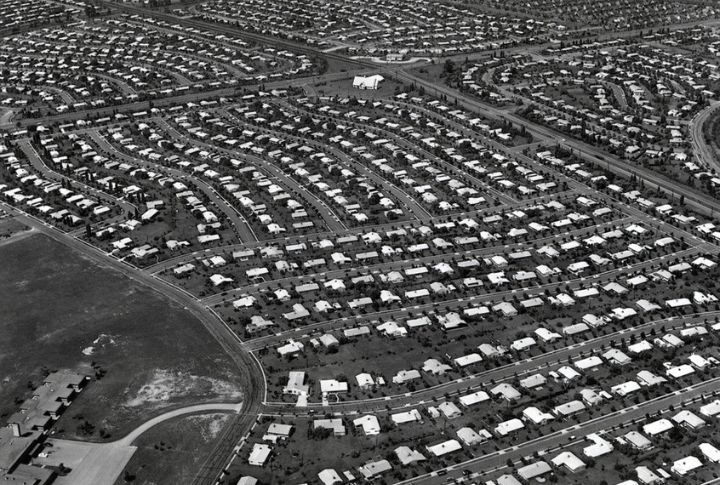
The end of WWII brought sweeping changes across America. The economy surged, suburbs grew, and life at home shifted dramatically. Here are five significant changes that occurred after WWII and how they impacted the lives of millions of Americans.
Economic Boom
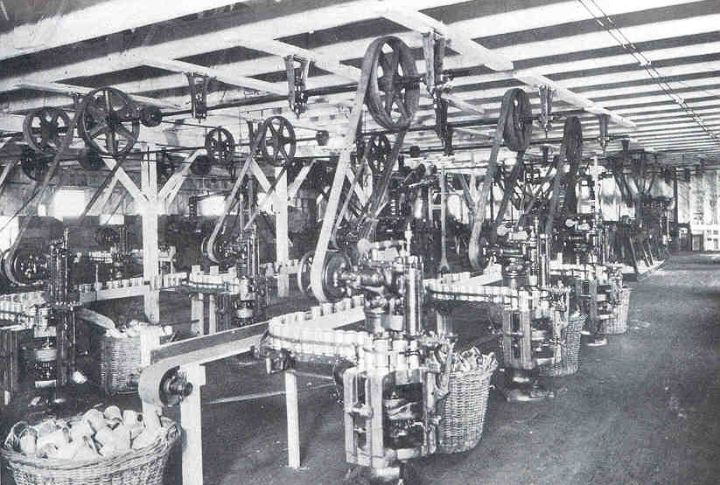
Factories that produced battle supplies turned to consumer goods after WWII and boosted the economy. In result, jobs increased, and families had more spending power. This post-war boom led to the rise of the middle class, fueling a new era of prosperity and setting the stage for decades of growth.
Suburban Growth
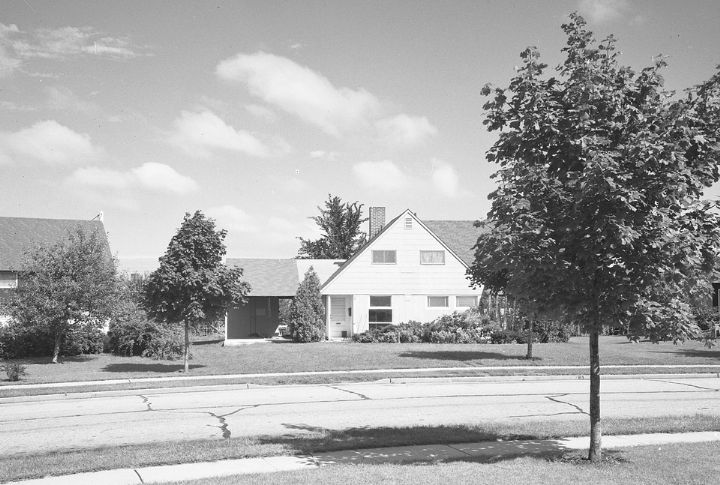
City living saw a big shift as suburbs started popping up everywhere. With the help of GI Bill benefits, veterans bought homes and relocated their families away from crowded urban centers. The shift to suburban life, with houses and yards, redefined the American Dream for millions.
Rise of Consumer Culture
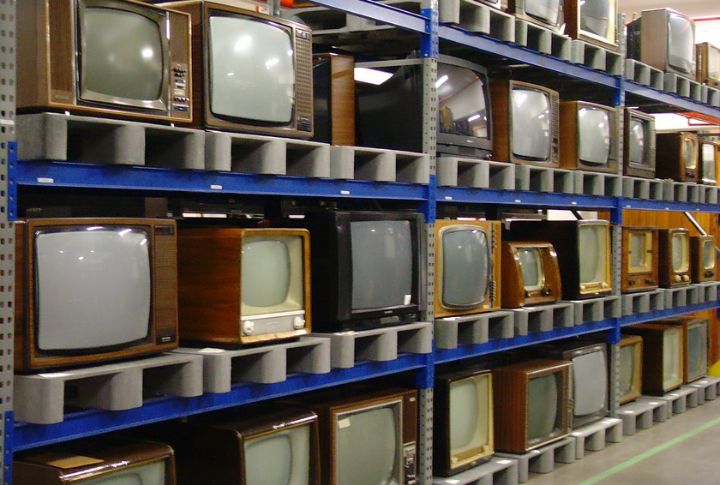
Shopping changed from a need to a pastime. The economy’s strength post-WWII brought an explosion of new products. Families bought appliances and the latest gadgets. In the advertising world, having more became a symbol of success, which led to decades of consumerism.
Cold War Tensions

The end of WWII marked the start of a tense rivalry between the U.S. and the Soviet Union. This period, known as the Cold War, led to a race for space and army power. Americans adapted to device drills and news of political shifts that shaped global strategy.
Baby Boom
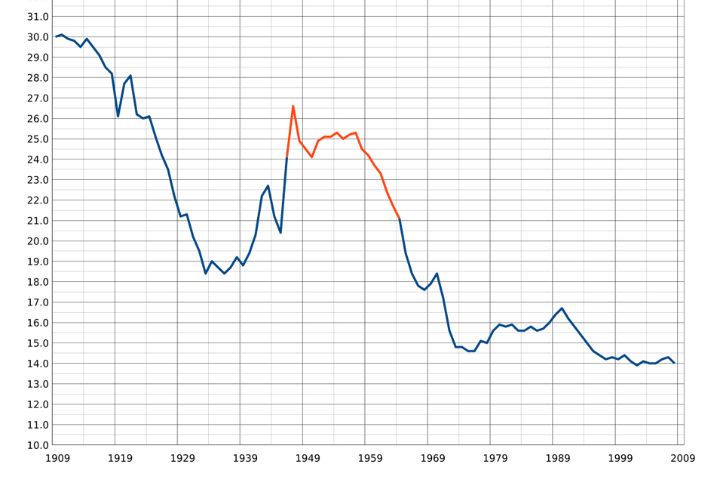
Troopers returning home sparked a massive spike in birth rates, ushering in the “baby boom” era. The resulting wave shaped future generations and influenced everything from schools to products marketed to kids and created a cultural shift that defined post-war America.










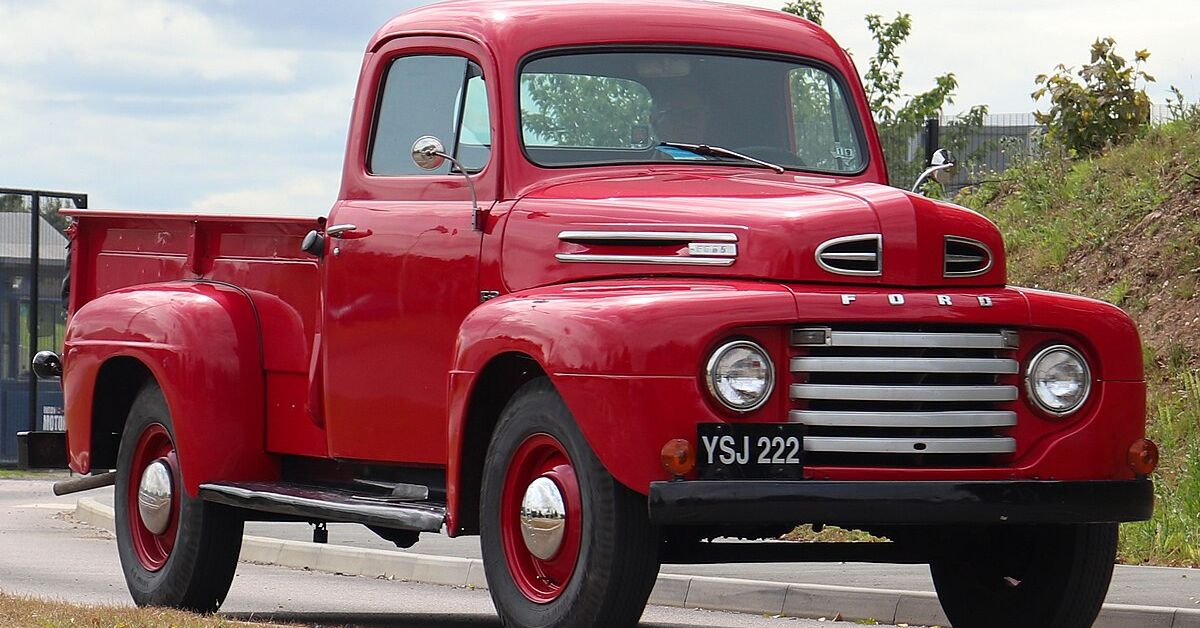




GIPHY App Key not set. Please check settings